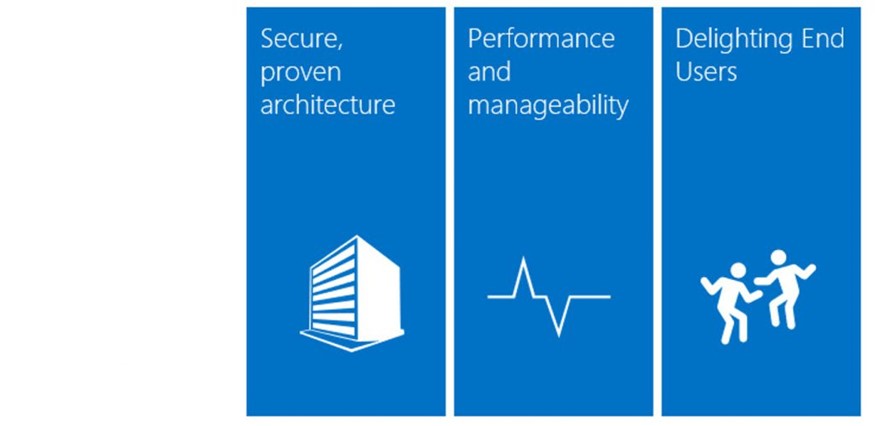Exchange 2019 Preview Available
For those who were eagerly waiting for the Next Version of the Exchange Server, Microsoft has released the Exchange 2019 Preview and Available to get download from this link.
We strongly believe Office 365 delivers the best and most cost-effective experience to our customers, but we understand that some customers have reasons to remain on-premises. Exchange Server 2019 is designed to deliver security, performance, and improved administration and management capabilities. These are the attributes our largest on-premises customers tell us they need from Exchange. We also have features end-users will love too of course.

Security: Microsoft have included support for installing Exchange Server 2019 onto Windows Server Core. Exchange Server 2019 installed on Windows Server 2019 Core provides the most secure platform for Exchange. You also have the option of installing the Exchange 2019 Preview onto Windows Server 2016 Core or Windows Server 2016/2019 with Desktop Experience, but we have worked hard to make sure running Exchange on Windows Server Core 2019 is the best choice for our code.
Performance: Microsoft have done work to allow Exchange Server to take advantage of the larger core and memory packed systems our customers buy these days. We’re confident you can be very successful running Exchange Server with up to 48 processor cores and 256GB of RAM.
Microsoft have re-engineered search using Bing technology to make it even faster and provide better results, and in doing so have made database failovers much faster, and administration easier. The search indexes are now within the database itself. There are no more separate log files to manage. As the index data is now within the database, normal log shipping includes the database and search data in a single replication and the index is always up to date on all database copies.
At Ignite last year, we told you that Exchange Online had started using Solid State Drives. Yes, SSD’s. Many people were shocked at this. For years Microsoft have been telling you to use cheap low-cost storage, and then we switched and started using SSD? What’s up with that Exchange team?
Well, that isn’t exactly what we said, what we said was we were using SSD’s in addition to cheap low-cost spinning disks. Why? Well Microsoft have pretty much reached the limits of what we can do with cheap storage, read latency in those disks hasn’t really improved yet storage capacity just keeps getting larger. It led us to conclude we needed to re-think our strategy. And we did, and the short version is that we store some of the data from those spinning disks on the SSD, and we use that super-fast device to store key search data, to make logins faster, and message retrieval faster. We still use low-cost storage for storing all of data but intelligently use SSD’s to make the overall user experience better.
We’re adding this tiered storage read/write capability to Exchange Server 2019 but it’s not enabled in the Preview build. We know you will all have lots of questions about this new feature and we will of course have planning and configuration guidance available when we ship, but we will be talking a lot more about these changes at Microsoft Ignite 2018. You are going, aren’t you? We are.
End user experience: One of the most important capabilities in Exchange is calendaring. All large enterprises are heavy calendar users and those organizations rely on calendars to help people get their work done. We’re bringing a few key features such as Do Not Forward and Simplified Calendar Sharing from Office 365 to On-Premises Exchange. We’re sure a lot of end users will be very happy with those features. Administrators get some new calendaring features too, as we’re adding the ability for admins to manage events on user’s calendars and to assign delegate permissions more easily.
One thing to note is that Unified Messaging role will not be available in Exchange Server 2019. Customers who currently connect either a 3rd party PBX or Skype for Business Server to Exchange Server won’t be able to do so with Exchange Server 2019 mailboxes. Those customers considering an upgrade to Exchange Server 2019 should consider migrating to Skype for Business Server 2019 and using Cloud Voicemail or migrating to Office 365 with Cloud Voicemail. More information on this change will be available prior to launch.
That’s a brief roundup of many of the changes we have baked into Exchange Server 2019.

